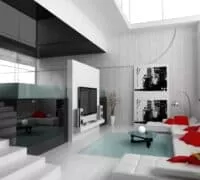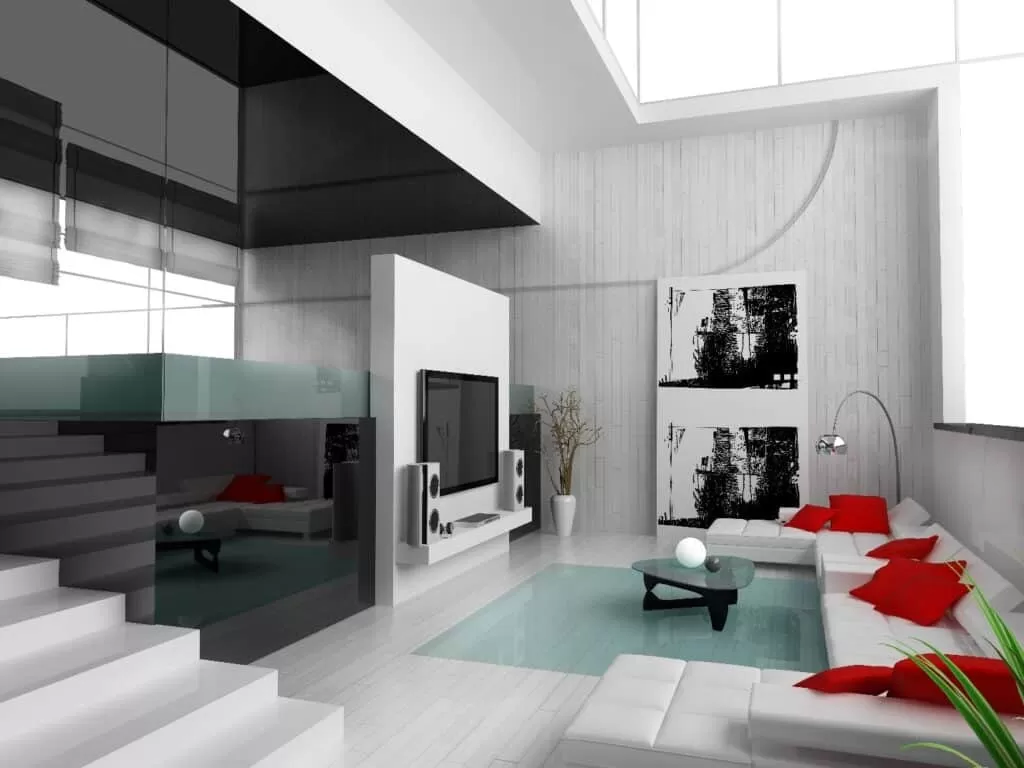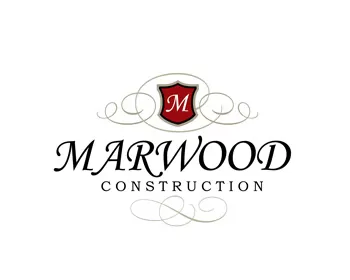
Residential general contracting is a full-service profession for facilitating residential construction projects.
Preconstruction dictates that the construction process begins with the building design process.
General contractors follow the best design and construction practices for general contracting in Houston.
Building design is effectively developed under the guidance and watchful eye of a Houston architect and a master builder.
Residential home plans require the collaboration of the best architect and general contractor available for higher end homes and Class A multi-family properties.
The most effective preconstruction practices of building design for general contracting require following the rules of the 6 C’s, (Client, Communication, Collaboration, Cost, Contracting and Customer Care).
In the case of the residential architectural home design process, it is pivotal in creating a successful high end home experience for the client.
It requires the creation of a collaborating design team that discovers and clarifies the owners home design plan and lifestyle needs while incorporating them into the architectural plans.
Discover the 6-C’s of residential general contracting preconstruction practices
(The 6 C’s)
- Client
- Communication
- Collaboration
- Construction Cost
- Contracting
- Care & Consideration
During early pre-construction the owner’s needs are then translated into sketches, drawings and specifications that guide the process of the building plans.
A successful home planning and construction document development process comes down to 5 essential elements.
They are the client, effective communication, collaboration and cooperation, budget vs actual cost and your custom home builder sincerely caring. We refer to these as the 6- C’s of the high end home design process.
Client/Owner
The entire residential architectural process should always serve the client needs. This begins with familiarizing your client on the details and procedural steps of your design and custom building process.
By effectively guiding the client, the general contractor is setting the clients expectations.
The #1reason for poor customer experience and eroding builder client relationships is the failure to establish clear expectations for what the client can expect from the builder throughout the house plan development and Houston general contracting building process.
During the architectural phase of the general contracting building experience the design team should create a client friendly environment that facilitates the identification of their living space requirements while clearly defining functional features.
Even the most experienced custom home building client can get overwhelmed by the demands for decisions required during home building.
The design team is responsible for defining the pace of the home plan development process while establishing product selection priorities that lead to the client making decisions before the drawings advance to far.
Such would be the case if the roof of the home was not designed for a concrete tile roof chosen late in the architectural stage.
It is also the design team’s responsibility to be empathetic to the owners shifting life demands.
If the owner experiences a personal challenge, that life often has a way of doing, it is the design team’s responsibility to calibrate the work flow to fit the owner’s situation.
This also serves the interest of the project by not requesting the client to make important decisions in an altered emotional state that might not fit their normal personality.
The home architecture and the planning process is a much more emotional experience for the owner then for the design team.
Communication
It may sound like a cliche, but communication is one of the most important factors in establishing a smooth and satisfying home building experience.
There is a genuine art to effectively asking questions that lead the client through the decision-making process.
Most clients can determine what they like or dislike once presented with a decision.
It is the questions that do not get asked that can cause a dust up. It is a situation where the design team or the custom home builder assumes that they knew what the owner wanted without confirming that causes damage to the builder client relationship.
To avoid these unwelcome events the general contractor should provide questionnaires and check list for the owner to assist the design team and general contractor in reminding themselves to ask the relevant questions.
These procedural tools also help keep the project on track and the owner focused on the appropriate moment.
The general contractor should also provide the client with a prioritized list of product selection decisions to assist in avoiding bottlenecks or redraws during plan development.
Communication is also extremely important in the success of the design teams efforts when functioning as trusted advisers to serve the interest of the project.
Being on the same page with meeting agenda items and preparing detailed meeting notes will can reduce team inconsistencies.
Effectively communicating the design criteria such as the target conceptual budget, architectural style preferences and floor plan room priorities will lead to the best use of everyone’s time.
Collaboration & Cooperation
During both the architectural stage and the residential general contracting phase, the design team, owner and general contractor must cooperate in a collaborative manner to achieve the project goals.
Planning and designing one of a kind high end homes is a complex ordeal.
There are many different diverse skills and methodologies required to merge the design teams discipline talents in achieving the project goals.
Without a cooperative effort during collaboration the project is guaranteed to cost more, take much longer and result in many territorial disputes. This does not serve the project or client’s best interest.
The collaborative approach requires organization and defined roles and responsibilities for each of the members of the architectural team.
The team requires a project manager, lead designer and a facilitator to keep everyone accountable and on track.
Design teams may also have consultants such as an interior designer, landscape architect and a structural engineer that participate at different stages of plan development.
These are very expensive resources and necessitate established protocols to be implemented to use everyone’s time effectively.
The owner plays a role in the collaborating design team as well. The appointment of responsibilities between the general contractor and the architect is critical.
If the owner elects the architect to be the responsible party in the design team to answer to them, there must be an open discussion about architectural features that will ultimately blow up the pre-design budget.
On the other hand, if the owners appoint the general contractor as the responsible party, the architect must speak up when special architectural features get voted down through value engineering to meet the budget and compromise the overall home design.
Construction Cost
The total project cost is always going to be an issue in a home building project. There will be many discussions about the tradeoffs of unique architectural features and the cost impact that they create.
There is always a balancing act between more useable living square footage and the total project cost and decreasing the living square footage to add more residential architectural features to the project.
These issues are part on the natural process and require serious thought and discussion for the owner to arrive at the optimum decision.
The total project cost for the owner and the design team is a moving target. The more defined the budget expectations are developed during the sketch phase the more effectively they can be managed during the entire architectural process.
If the owner understands and will allow the budget to shift by X amount during the design phase, the design team can build in contingencies early to the total living area square footage or reduce total under roof area to reduce the impact of architectural plan overruns.
Residential General Contracting
Residential general contracting is the executional phase of construction. This phase of general contracting performance is measured by the timely delivery of the house, the quality of the workmanship and the delivery on budget.
The timely delivery of the building project is important for a number of reasons. First, the longer a project takes the more expensive it becomes. Secondly, the completion in a timely manner verifies and establishes the general contractor’s creditability with the owner.
The quality of the workmanship is the absolute reason that the owners hired a specific general contractor. Owners expect quality workmanship as being a given during the residential general contracting process.
Of course, the project must be brought in on budget. That should not be confused with the total contract price. Owners make changes and select products that go over their budget allowances.
Care & Consideration
The determining factor of a quality architectural process experience is often the care and consideration of the design team members extend to the owners and the project goals. This can be expressed in many different ways during the plan development process.
The first of these is the day-to-day respect extended to the owners during the many meetings required.
The willingness and ability of the design team to listen to their clients and interact with them in a positive fashion.
By providing constructive comments even during emotional encounters goes a long way toward building a foundation for the relationship.
The more passionate the general contractor is about their profession the greater likelihood the interest of the clients will be served.
A professional luxury home builders is committed to providing guidance and advise during the architecture and construction process.
These professional attributes benefit both the builder client relationship as well as the overall success of the project.
This approach will provide the client with the assurance that the general contractor has the clients best interest at heart.
Conclusion
Residential general contracting success relies on conducting pre-construction practices in accordance with the best practices in the owner’s best interest.
The general contracting best practice are to prepare your client, consistent and effective communications, employing a collaborative approach, competitive construction cost, quality contracting and caring for the best interest of your client.













